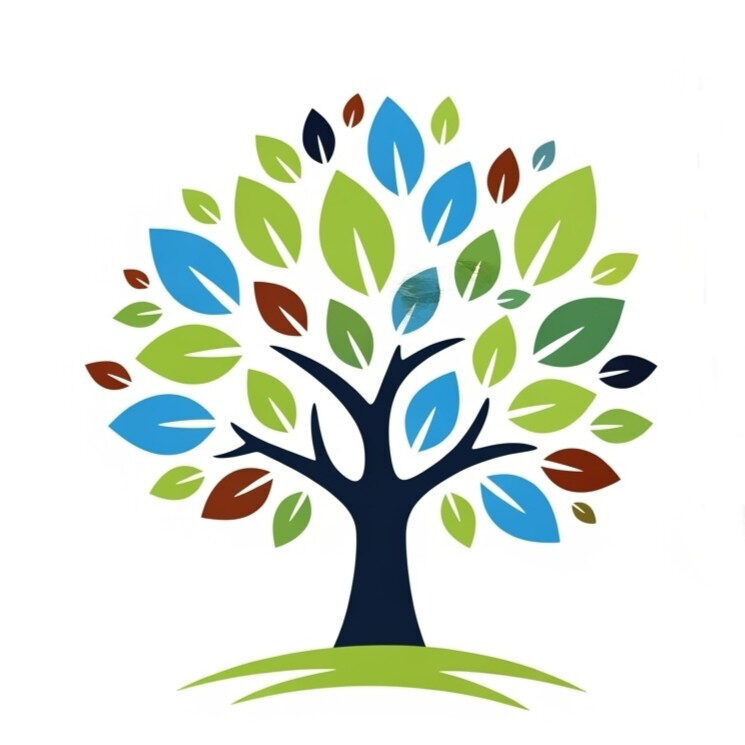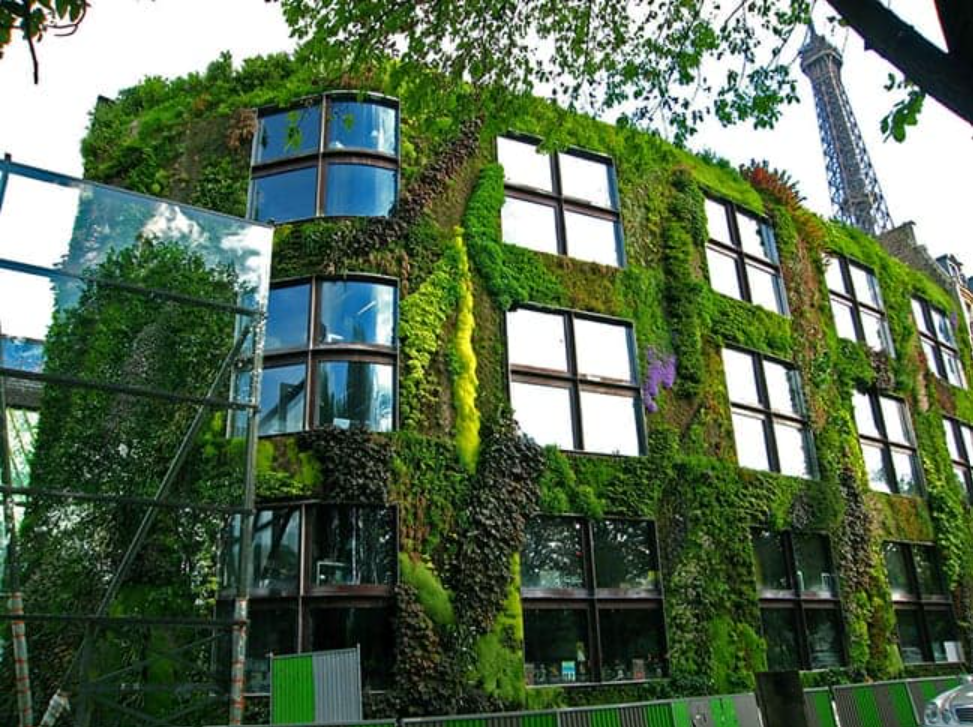Project
Amstelring
Amstelring is a leading provider of healthcare, support, and accommodation for the elderly and vulnerable in Amsterdam. As a pioneer in the industry, Amstelring is committed to reducing its environmental footprint and promoting healthier living.
A recent analysis revealed significant environmental impacts associated with Amstelring’s food system, highlighting significant CO2 emissions. In response, the organization has initiated a project at De Venser, one of its care facilities. The project aims to promote sustainable living style, and reduce the environmental footprint.
By fostering a culture of sustainability, Amstelring hopes to inspire its residents, staff, and the broader community to embrace healthier, more environmentally conscious attitude and habits. This transformation is not just about food; it’s about creating a more sustainable and compassionate future for all.
“How might Amstelring generate awareness and urgency among employees and residents to drive everyday action on sustainable food choices, ensuring these options are seen as necessary, appealing, and delicious?”


